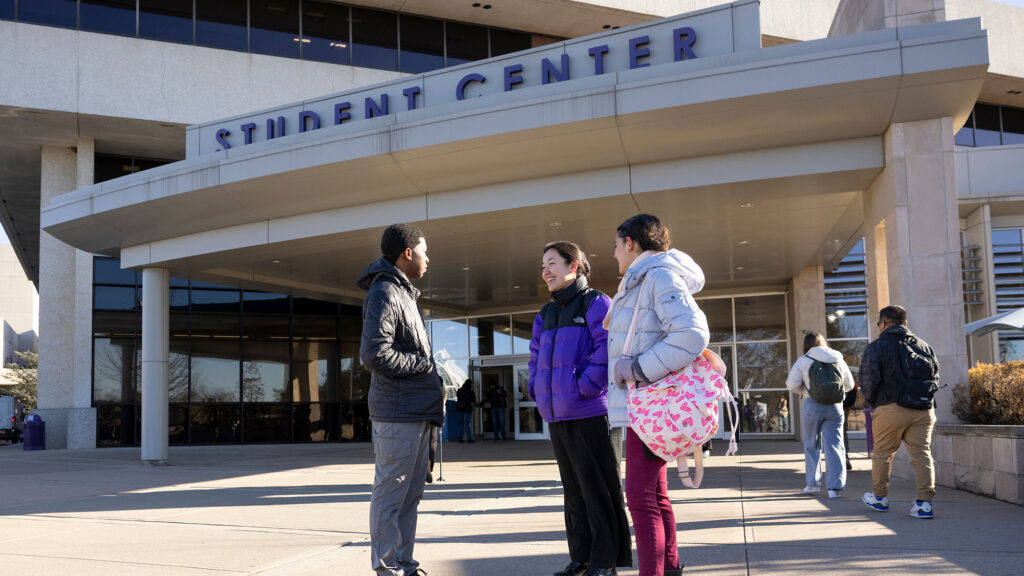
In “Priced Out: How the Wrong Financial-Aid Policies Hurt Low-Income Students,” The Education Trust demonstrates how much low-income students must stretch to pay for college, even after all sources of grant aid are taken into account.
The report finds that just five of nearly 1,200 four-year colleges and universities have student bodies that are at least 30 percent low-income and offer low-income students a reasonable chance at a bachelor’s degree at a relatively affordable cost. (A sixth institution, Berea College, makes it its mission to educate and graduate low-income students and therefore charges no tuition.)
The result? Far too many low-income students are priced out of higher education.
The average low-income family, the study finds, must contribute an amount roughly equivalent to 72 percent of its annual household income each year just to send one child to a four-year college. That’s after all sources of grant aid are taken into account. Meanwhile, middle-class and high-income families contribute amounts equivalent to just 27 percent and 14 percent of their yearly earnings, respectively.
Published: June 1, 2011
Permissions Policy
Interested in using The Education Trust’s publications or presentations? Check out our policy.






